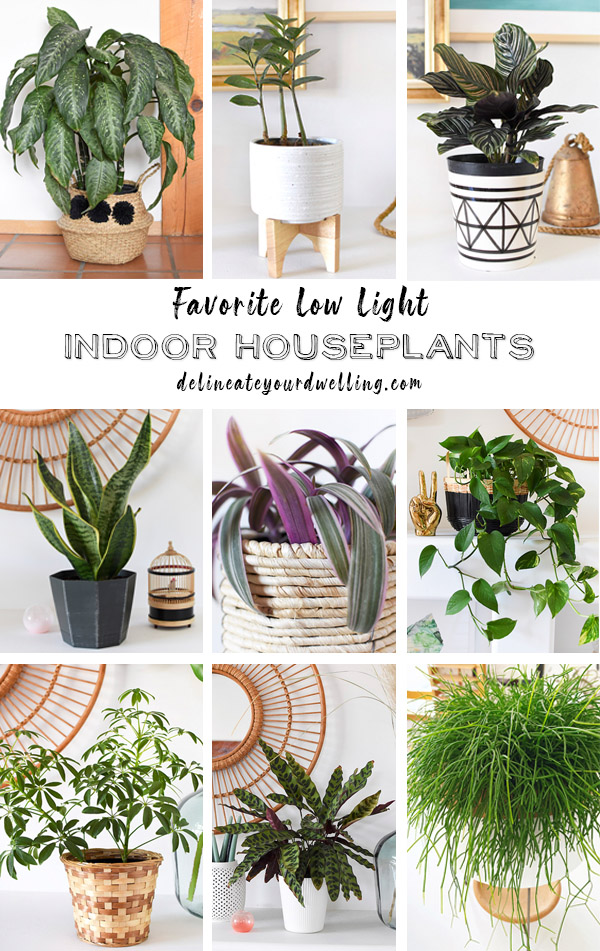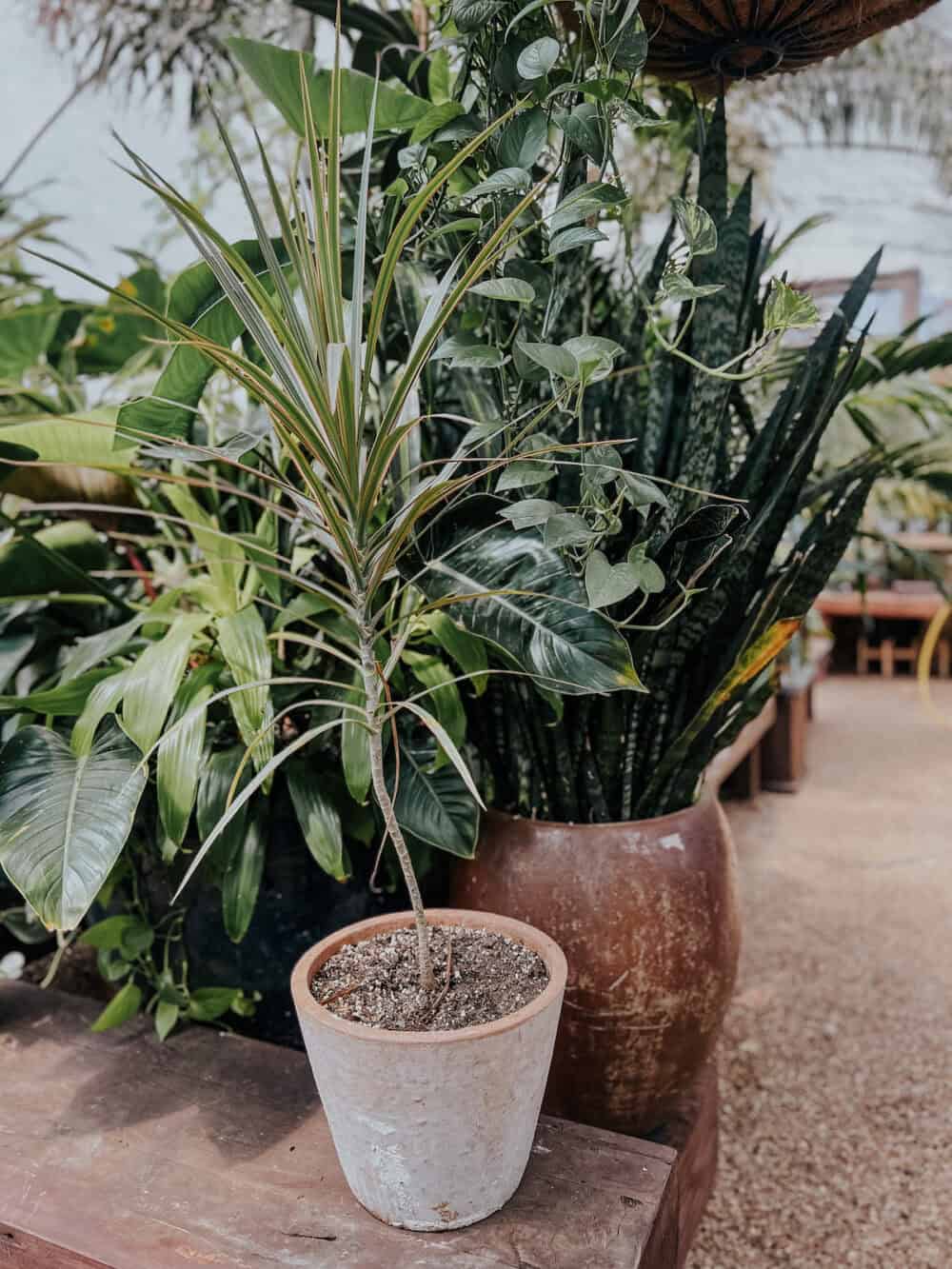Low Maintenance and Beautiful: Best Low-Light Indoor Plants for Your Home
Low Maintenance and Beautiful: Best Low-Light Indoor Plants for Your Home
Blog Article
Reveal the Keys of Low-Light Indoor Plants and How They Boost Your Atmosphere
Low-light interior plants have garnered boosting focus for their special capability to enhance both visual allure and ecological high quality within workplaces and homes. These resistant types, including the Serpent Plant and Peace Lily, not only flourish in difficult lighting problems but additionally play a pivotal role in air filtration and emotional health.
Benefits of Low-Light Indoor Plants
Although lots of people assume that interior plants require abundant sunshine to flourish, low-light indoor plants supply a plethora of benefits that make them excellent for numerous atmospheres. One of the key advantages is their versatility; they can thrive precede with restricted all-natural light, such as offices, cellars, or rooms with tiny windows. This function permits people to improve their environments with greenery, adding to improved aesthetic appeals without the need for substantial lighting adjustments.
Furthermore, low-light interior plants can considerably enhance interior air quality by launching and filtering dangerous toxins oxygen, making living spaces healthier. Study has revealed that particular varieties can absorb toxins, thus promoting a cleaner environment. In addition, they can boost psychological well-being by minimizing tension and increasing productivity. The presence of plants has been connected to better feelings of serenity and focus.
Furthermore, low-light plants frequently require less maintenance than their sun-loving equivalents, making them ideal for active individuals or those new to gardening. Their resilience permits them to love very little treatment, therefore offering a rewarding experience for plant lovers and amateurs alike. In recap, low-light interior plants serve both functional and aesthetic purposes, making them beneficial enhancements to any space.
Leading Low-Light Plant Ranges
Low-light indoor plants can be found in a range of varieties, each offering special attributes and benefits matched for dark settings. Among one of the most preferred selections is the Serpent Plant (Sansevieria), understood for its architectural fallen leaves and air-purifying capabilities. This durable plant flourishes on forget and can tolerate a wide variety of light conditions.
An additional outstanding selection is the ZZ Plant (Zamioculcas zamiifolia), which features shiny, dark eco-friendly fallen leaves and is highly drought-tolerant. Its adaptability makes it a favored for offices and homes with minimal sunlight.
The Pothos (Epipremnum aureum) is also a top competitor, with its trailing creeping plants and heart-shaped fallen leaves - Best low-light indoor plants. This versatile plant can be trained to climb up or cascade, adding aesthetic rate of interest to any type of room

Treatment Tips for Low-Light Plants
Looking after low-light indoor plants needs a nuanced understanding of their certain needs to ensure ideal growth and vigor. Initially, it is necessary to pick the ideal potting mix, as a well-draining dirt is vital to stop root rot. A blend made for houseplants, frequently consisting of peat moss and perlite, functions well for many low-light varieties.
Watering is one more view publisher site essential element of care. Low-light plants typically need much less regular watering compared to their sun-loving counterparts. It is suggested to examine the leading inch of dirt; if it really feels dry, it's time to water. Overwatering can result in problems such as mold and mildew and root decay.
Fertilizing ought to be approached with caution. During the expanding period, a watered down liquid fertilizer can be applied monthly, yet in winter season, numerous low-light plants go into dormancy and need little to no fertilizing.
Lastly, it is essential to periodically clean up the fallen leaves to eliminate dust, permitting much better light absorption. By adhering to these care suggestions, you can grow a growing setting for your low-light indoor plants, enhancing both their appearance and durability.
Enhancing Air Quality With Plants
Interior plants play a considerable function in improving air top quality within homes and workplace areas. Through the process of photosynthesis, these plants soak up co2 and launch oxygen, adding to a healthier environment. In addition, specific low-light indoor plants have the capacity to filter harmful contaminants, such as trichloroethylene, benzene, and formaldehyde, which are typically located in interior atmospheres.

In addition, the presence of indoor plants can increase humidity degrees, which aids reduce dry skin and respiratory problems, better enhancing total well-being. This ability to improve air top quality not just promotes physical health but also supports mental health.
Including low-light interior plants right into your living and working rooms can bring about an extra invigorating and vivid setting (Best low-light indoor plants). Purchasing these all-natural air purifiers is a straightforward yet reliable strategy for enhancing indoor air high quality and promoting a much healthier way of life
Creating a Calm Indoor Area
The assimilation of plants into living spaces not just enhances air high quality but likewise contributes to a tranquil environment. Low-light interior plants, such try these out as snake plants and pothos, are particularly reliable in producing a peaceful setting, as they prosper in problems that might otherwise be inhospitable for other greenery. Their lavish foliage provides a relaxing visual, lowering stress and promoting leisure.
Incorporating these plants into your office or home can evoke a sense of tranquility and wellness. Purposefully placing them in locations where you invest significant time, such as living spaces or workspaces, enables an immersive experience with nature, which has actually been shown to enhance state of mind and cognitive function.
Additionally, the gentle movement of fallen leaves in feedback to air flow can produce a vibrant aesthetic element that improves the total ambiance. Take into consideration using a variety of plant elevations and appearances to include depth and rate of interest to your room. With thoughtful placement and care, low-light indoor plants can change any type of location right into a serene haven, fostering not just aesthetic satisfaction however additionally psychological and mental wellness.

Verdict
Integrating low-light interior plants into numerous atmospheres yields substantial benefits, consisting of improved air high over here quality and boosted aesthetic allure. These sturdy varieties not only flourish in marginal light however additionally add to a soothing ambience, promoting psychological and psychological health. By selecting suitable selections and executing correct care techniques, people can efficiently cultivate a tranquil indoor space that promotes health and productivity. The transformative power of low-light plants underscores their value in boosting both domestic and work-related settings.
Although numerous people assume that indoor plants call for bountiful sunshine to grow, low-light interior plants use a multitude of advantages that make them ideal for numerous atmospheres.Additionally, low-light indoor plants can considerably improve interior air top quality by filtering system dangerous toxic substances and releasing oxygen, making living areas healthier. Additionally, particular low-light indoor plants have the capability to filter unsafe pollutants, such as benzene, formaldehyde, and trichloroethylene, which are commonly found in interior environments.
Low-light interior plants, such as snake plants and pothos, are especially efficient in developing a tranquil environment, as they prosper in conditions that might or else be inhospitable for various other greenery.Including low-light indoor plants right into various environments returns considerable benefits, consisting of boosted air top quality and boosted aesthetic allure.
Report this page